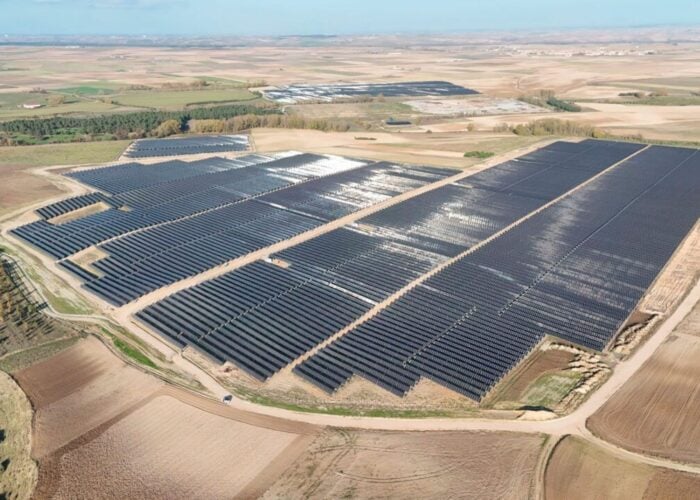All states in the US should emulate the country’s solar top performers and adopt “aggressive” policies to drive PV deployment, according to a report.
The study by the Environment America Research and Policy Center found that the 10 US states with most installed solar per capita account for only 26% of the national population but for 87% of the country’s PV capacity.
Try Premium for just $1
- Full premium access for the first month at only $1
- Converts to an annual rate after 30 days unless cancelled
- Cancel anytime during the trial period
Premium Benefits
- Expert industry analysis and interviews
- Digital access to PV Tech Power journal
- Exclusive event discounts
Or get the full Premium subscription right away
Or continue reading this article for free
The top US state in terms of solar installed per capita is Arizona, with 275W per capita, followed by Hawaii with 243W. Although California is the overall national leader in cumulative capacity, on the per-capita measurement it is in fourth place.
The report said the key ingredients of success in the top-10 states are strong leadership and policy, which help create thriving local markets by eliminating regulatory and bureaucratic barriers.
It urged every state to put in place aggressive targets for solar development, something that would require action at every level of government.
At local level, the report said authorities could implement laws such as those upholding a “right to generate electricity from the sunlight that hits their property”, and speed up permitting processes by eliminating red tape.
At state level, governments needed to set renewable electricity standards with clear “carve outs” setting specific targets for solar.
And at a national level, the report urged the federal government to persist with proven policies, such as through an extension of the investment tax credit that has largely underpinned the growth of residential and commercial solar in the US.
Other areas where federal government can make a difference is in ensuring government departments and federal agencies are encouraging solar through their investment and policy programmes.
“There is no reason why other states cannot follow the path established by the Top 10 states to create vigorous markets for solar energy in their own state,” the report concluded.






